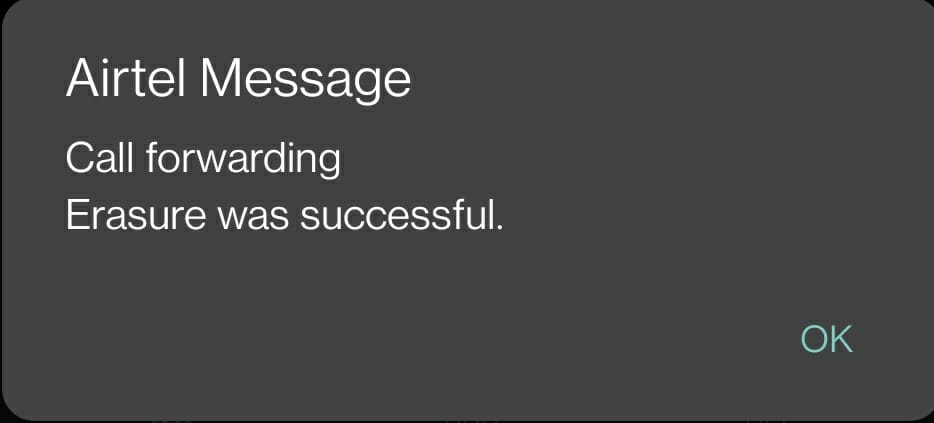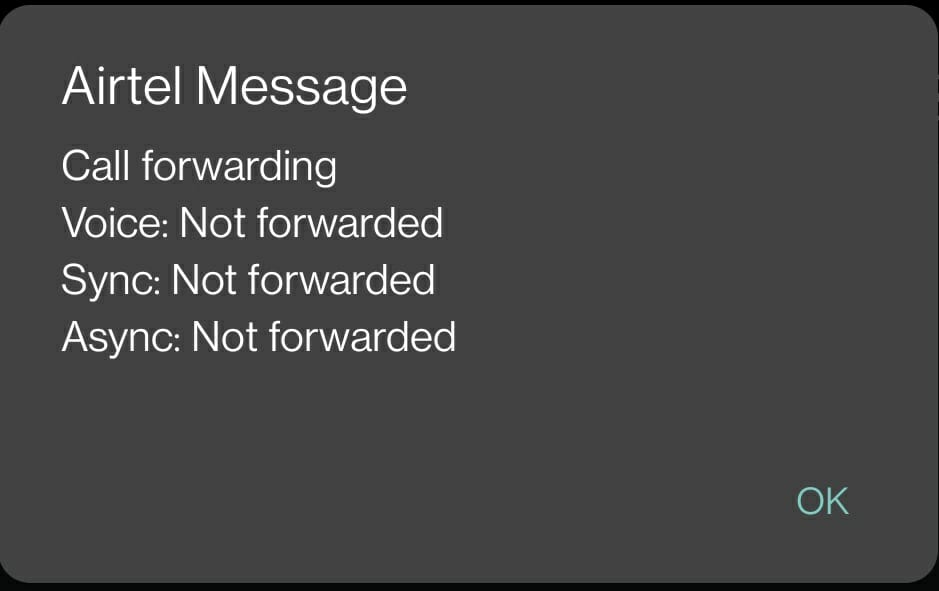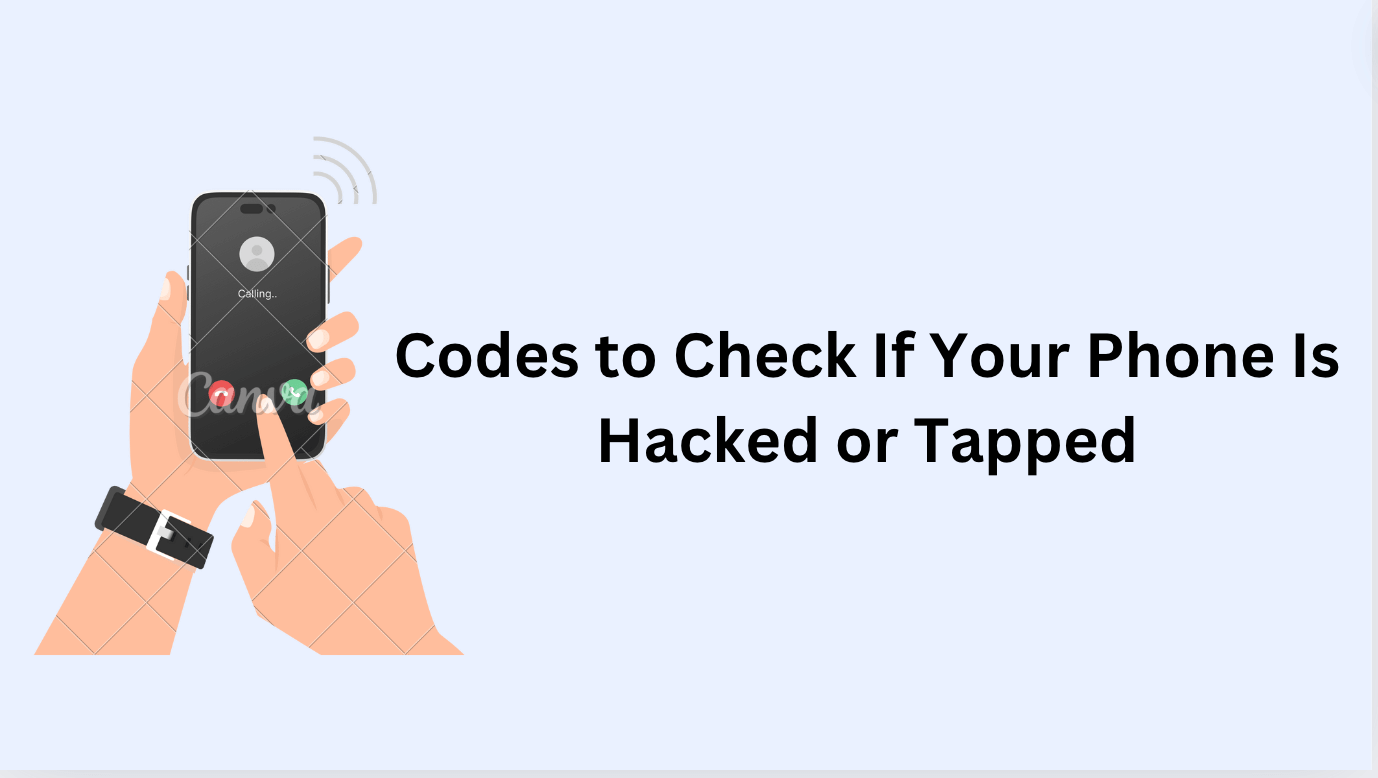In today’s digital age, our smartphones are more than just devices; they’re extensions of ourselves. They hold our personal information, conversations, and even our deepest secrets. But what if your phone isn’t as private as you think?
With the rise in mobile hacking and surveillance, knowing how to protect your phone is more important than ever.
In this guide, we’ll explore the essential codes you can dial to check if your phone is hacked or tapped, helping you safeguard your privacy.
How Do Cell Phones Get Hacked or Tapped?
Have you ever wondered how your phone could get hacked? It’s not as far-fetched as it sounds.
Hackers have developed various methods to infiltrate your android and iPhone, often without you even realizing it. Phishing attacks, malicious apps, and even public Wi-Fi networks can all serve as gateways for hackers to access your phone.
Signs Your Phone Might Be Hacked:
Here are a few signs which might suggest that your phone has been hacked or being tapped:
- Unusual Battery Drain: If your battery is depleting faster than usual, it could be a sign that your phone is compromised.
- Unexpected Data Usage: A spike in data usage might indicate that your phone is sending information to an unauthorized source.
- Strange Behavior: Does your phone act up, like making random calls or opening apps on its own? This could be a red flag.
These are just a few of the signs that your phone might be hacked. But how do you know for sure? That’s where the codes come in.
Understanding Call Forwarding and Call Tracking
Before we dive into the codes, it’s essential to understand what call forwarding and call tracking are. Call forwarding is a feature that allows your calls to be redirected to another number. While it’s a useful tool for convenience, it can also be exploited by hackers to intercept your calls.
How Hackers Use Call Forwarding: Hackers can set up call forwarding on your phone without your knowledge. They might forward your calls to another number where they can listen in or gather information. This is particularly dangerous if you’re discussing sensitive information.
Essential Codes to Check If Your Phone Is Hacked
Here are some crucial codes you can dial to see if your phone is being hacked or tapped. These codes work on most smartphones, including Android and iPhone.
##002#

This is a universal code you can use to disable all call forwarding on your phone. If you suspect that someone has set up call forwarding without your consent, dialing this code will turn it off. It’s a quick way to ensure that no one is intercepting your calls.
*#21#

Dialing this code lets you check if call forwarding is enabled on your phone. It will display the status of different types of call forwarding, including voice, data, fax, SMS, and more. This can give you insight into whether your calls or messages are being redirected.
*#62#
Want to know where your calls are being forwarded when your phone is unreachable? *Dial #62# to see the number to which your calls are being forwarded. If it’s not a number you recognize, it could be a sign of foul play.
How to Use These Call Forwarding Codes Effectively to Verify if Phone is Hacked?
Using these codes is simple, but interpreting the results can sometimes be tricky. Here’s a step-by-step guide on how to use these codes effectively:
- Open Your Phone App: The same app you use to make calls.
- Dial the Code: Enter the code exactly as shown, starting with the star (*) or hash (#) symbol.
- Press Call: After dialing, press the call button as if you’re making a regular phone call.
- Read the Results: Your phone will display the information related to the code you dialed.
What to Do If You Find Something Suspicious:
- Contact Your Carrier: If you notice any unfamiliar numbers or if your calls are being forwarded without your consent, contact your mobile carrier immediately. They can help you secure your account and prevent further unauthorized access.
- Change Your Passwords: It’s also a good idea to change your passwords and enable two-factor authentication on your accounts.
Additional Codes and Tools for Security
Besides the codes mentioned above, there are other codes and tools you can use to ensure your phone is secure.
IMEI Check (*#06#)
Dial *#06# to find your phone’s IMEI (International Mobile Equipment Identity) number. This unique identifier can help you track your phone if it’s lost or stolen. It’s also useful to check if your IMEI matches the one listed on your phone’s box or receipt, ensuring that your device hasn’t been tampered with.
Hardware Test (#0#)
On some Android phones, dialing #0# opens a hidden menu where you can test your phone’s hardware components. This includes the screen, speakers, and sensors. It’s a handy tool to ensure that everything is functioning as it should be, especially after a potential hack.
Third-Party Apps for Security Checks
In addition to using codes, you can download security apps that scan your phone for malware, unauthorized access, and other vulnerabilities. Apps like Avast Mobile Security, McAfee Mobile Security, and Kaspersky Mobile Antivirus are highly rated for their comprehensive protection.
Common Misconceptions and Myths
There’s a lot of misinformation out there about phone hacking. Let’s clear up some of the most common myths:
- Myth: “All phones can be hacked easily.”
Reality: While no device is entirely hack-proof, taking proper precautions can significantly reduce your risk. - Myth: “Factory reset removes all threats.”
Reality: A factory reset may not remove certain types of malware, especially if they’ve infected your phone’s firmware.
Understanding these misconceptions can help you better protect your device.
Preventive Measures to Protect Your Phone from Being Hacked
Prevention is always better than cure. Here are some best practices to keep your phone secure:
- Use Strong Passwords: A strong password is your first line of defense against unauthorized access.
- Regularly Update Your Software: Software updates often include security patches that protect against the latest threats.
- Avoid Suspicious Links: Don’t click on links from unknown sources, as they could lead to phishing websites.
Regular Checks: Make it a habit to regularly check your phone using the codes provided in this article. This will help you stay on top of any unauthorized changes or potential threats.
Conclusion
Your phone is your gateway to the digital world, and keeping it secure is more important than ever.
By understanding and using the codes provided in this guide, you can take control of your phone’s security and protect your personal information from prying eyes. Remember, staying vigilant is the key to staying safe in today’s interconnected world.
Also Check – 127.0.0.1:49342: Importance in Modern Networking & Fixes
FAQs
Is it safe to dial these codes?
Yes, it is completely safe to dial the codes mentioned in this article. These are standard USSD codes provided by mobile carriers for checking call forwarding and other services. They do not harm your phone or compromise your security.
Can these codes tell if my phone is being tracked?
These codes can help you determine if your calls are being forwarded without your knowledge, which could be a sign of tracking or unauthorized access. However, they won’t detect all forms of tracking, especially those that rely on software or apps.
What does ##002# do?
Dialing ##002# disables all call forwarding on your phone. This is a useful code if you suspect that someone has set up call forwarding without your consent. It ensures that no calls are being redirected to another number.
*What does #21# show?
Dialing *#21# allows you to check the status of your phone’s call forwarding for voice, data, and other services. It will show whether your calls are being forwarded and to which number.
Is it possible to know if someone is tapping my phone?
While these codes can help you identify unauthorized call forwarding, they may not detect all forms of tapping, especially those involving advanced surveillance tools. If you have serious concerns about your phone being tapped, it’s best to consult a cybersecurity expert.



